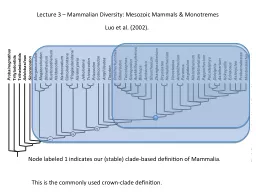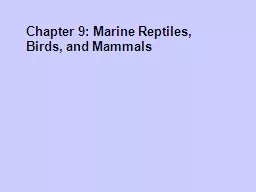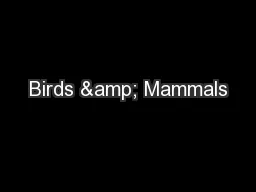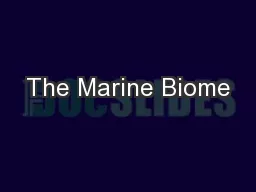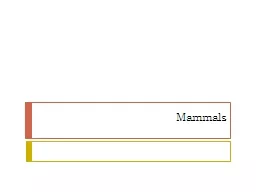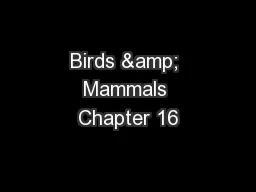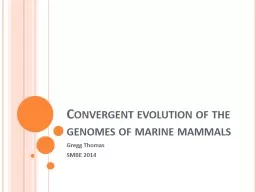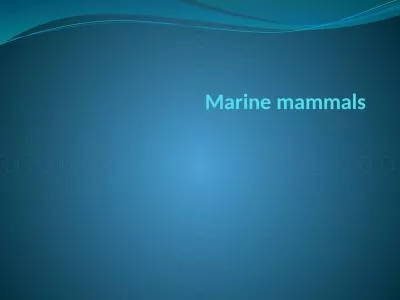PPT-What are mammals?
Author : danika-pritchard | Published Date : 2016-05-06
Basic characteristics Warm blooded Have a backbone Have hair or fur on their bodies Breathe in oxygen and breathe out carbon dioxide Have live babies do not lay
Presentation Embed Code
Download Presentation
Download Presentation The PPT/PDF document "What are mammals?" is the property of its rightful owner. Permission is granted to download and print the materials on this website for personal, non-commercial use only, and to display it on your personal computer provided you do not modify the materials and that you retain all copyright notices contained in the materials. By downloading content from our website, you accept the terms of this agreement.
What are mammals?: Transcript
Download Rules Of Document
"What are mammals?"The content belongs to its owner. You may download and print it for personal use, without modification, and keep all copyright notices. By downloading, you agree to these terms.
Related Documents


